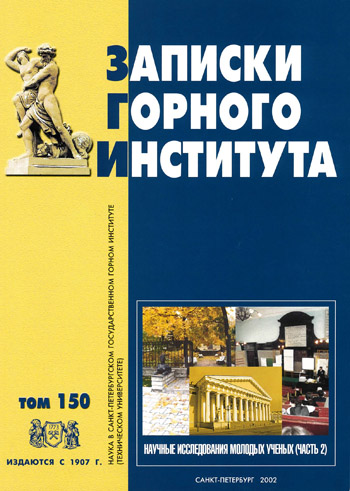Minimization of environmental damage by cleaning up electroplating waste from the Krasny Bor landfill
- Postgraduate student G.V. Plekhanov Saint Petersburg Mining University
Abstract
In St. Petersburg and the Leningrad Region industrial wastes are buried in the “Krasny Bor” landfill, which has exhausted 99% of the territory for industrial wastes burial and has a land resource for burial for not more than 1-2 years during 30 years of its existence. In 1999 the landfill accepted 13.6 thousand tons of hazardous waste, which is 38 % more than in 1998. Waste is buried in the blue Cambrian clays of 80 m thickness. Water permeability of the Cambrian clay is practically equal to zero, which ensures reliability of neutralization of liquid wastes when buried in the Cambrian clay. By now this technology of waste disposal has become morally and physically obsolete and does not meet the environmental requirements. In this connection, the technology of treatment of liquid wastes of the landfill is proposed. As a result of conducted researches it has been established that the main pollutants of wastes are heavy metals, which are in solution in the form of complexes and require digestion. Treatment of initial water with chloride iron solution is used as a technological method of heavy metal ions decomplexation. Subsequent operations of waste pretreatment are sedimentation and two-stage flotation of the discharge.
